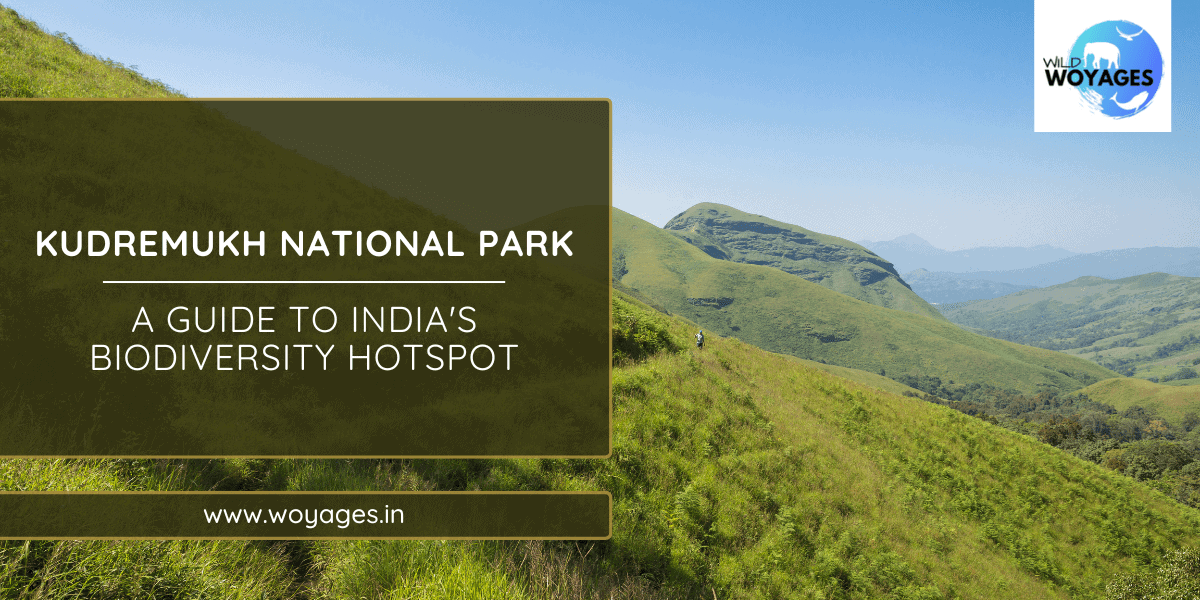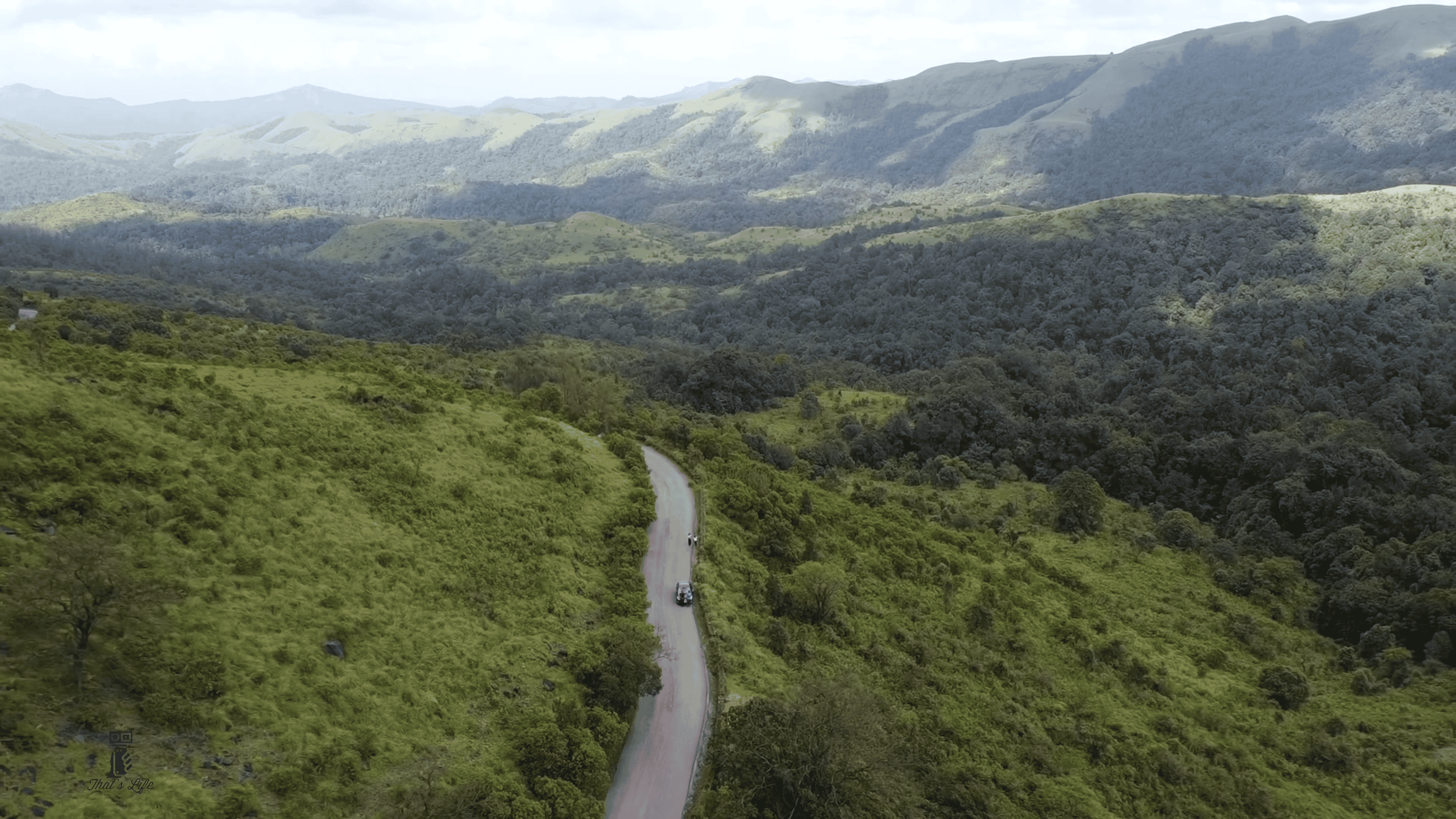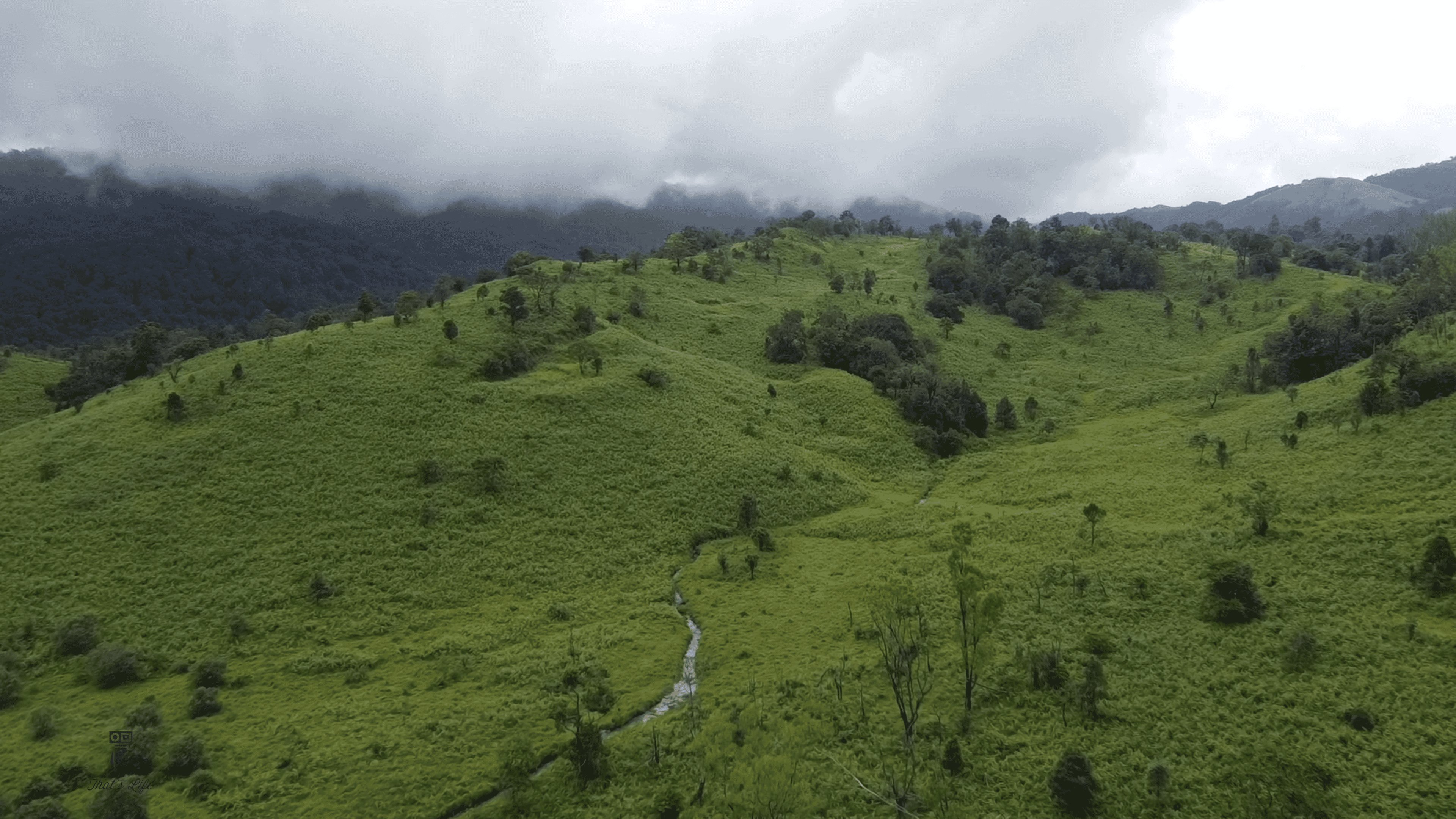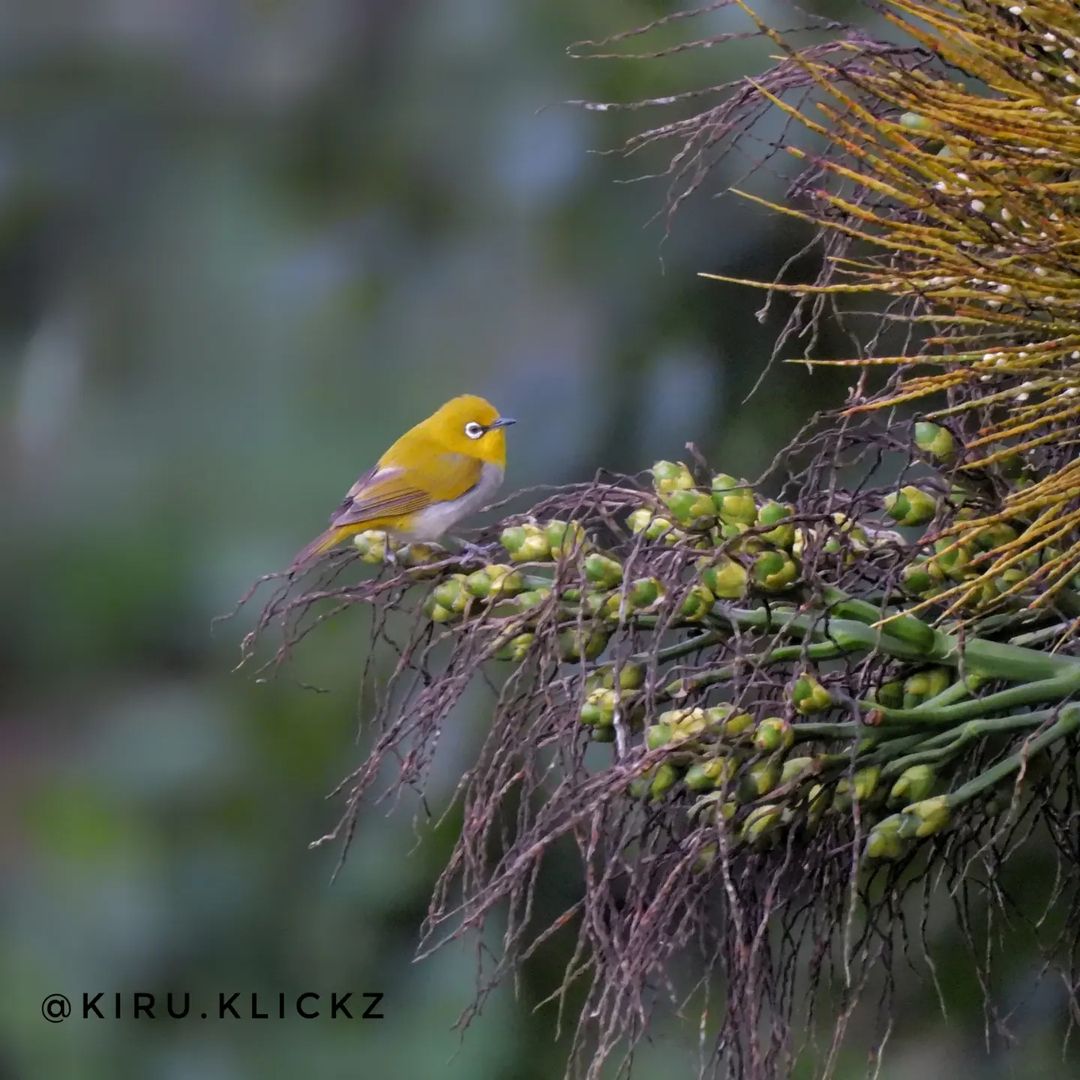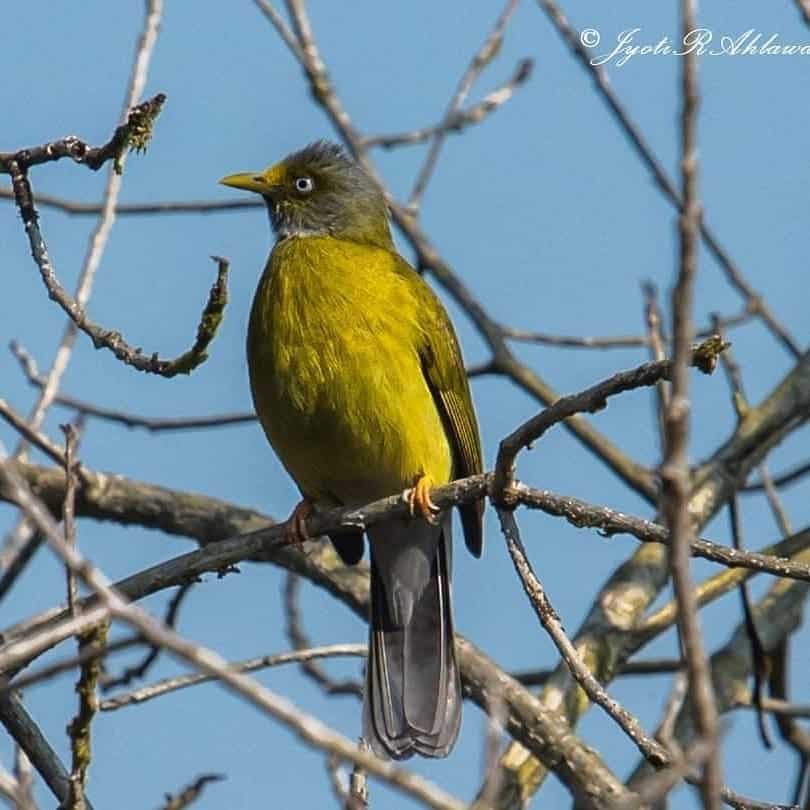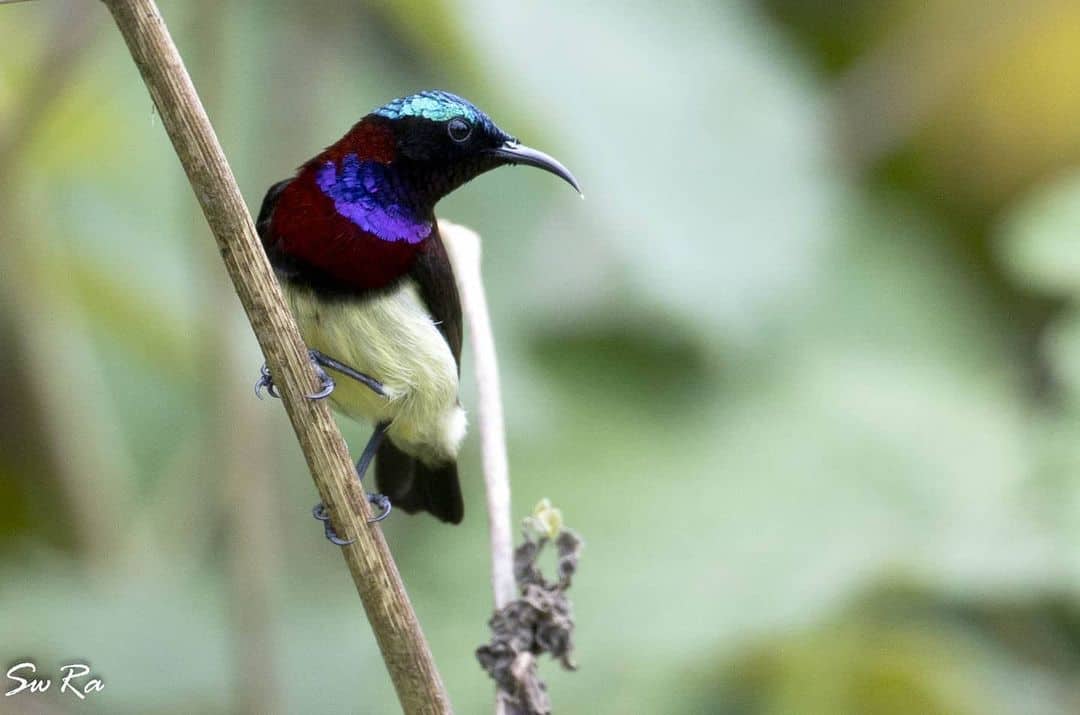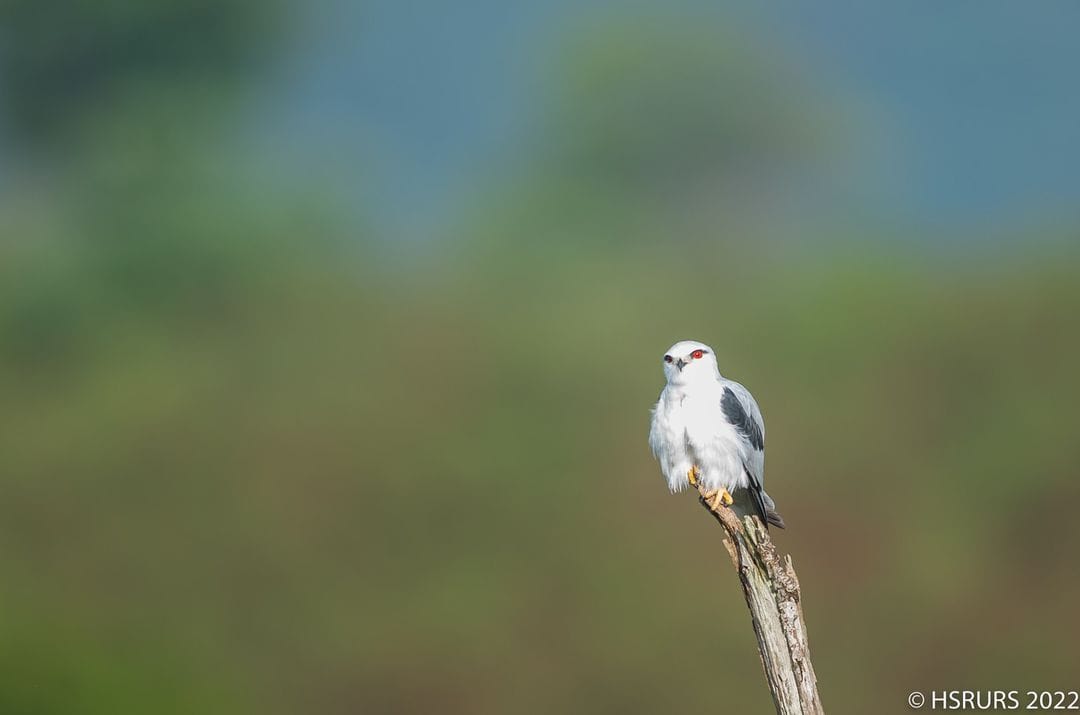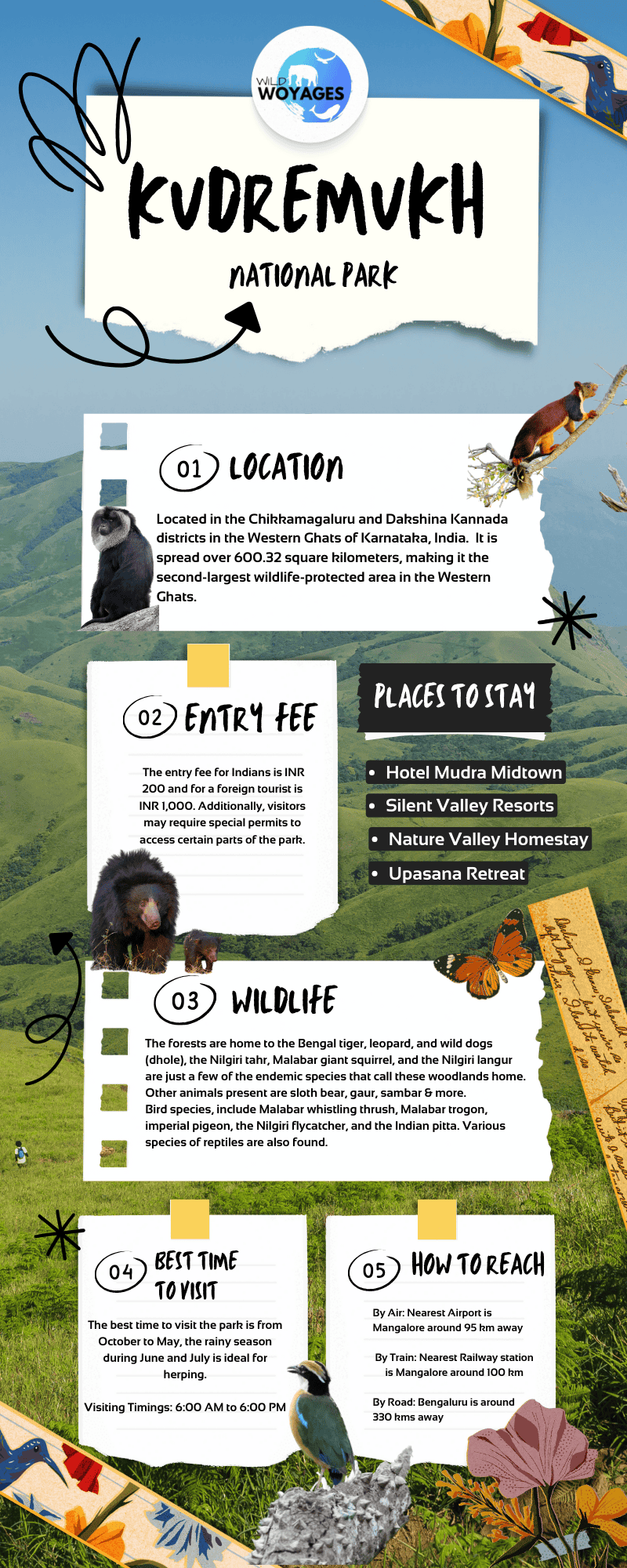If you’re looking for a scenic and adventurous trip, Kudremukh National Park is the perfect destination. Located in the Chikkamagaluru and Dakshina Kannada districts in the Western Ghats of Karnataka, India, this park boasts a unique shape of its main peak and is home to several species of flora and fauna. Kudremukh National Park is spread over 600.32 square kilometers, making it the second-largest wildlife protected area in the Western Ghats.
The park is a part of the world’s 38 ‘hottest hotspots’ of biological diversity, and a UNESCO World Heritage Site.
The name Kudremukh, which means “horse face” in Kannada, is derived from the shape of the Kudremukh peak, which resembles the face of a horse. The park is known for its lush green forests, rolling hills, waterfalls, and grassy meadows. It is also home to several endangered species, including the lion-tailed macaque, the Malabar civet, and the great Indian hornbill.
Kudremukh Wildlife Sanctuary offers a variety of activities, such as trekking, camping, and boating. The park has several trekking trails, ranging from easy to difficult, that offer breathtaking views of the surrounding hills and forests. You can also take a boat ride in the Bhadra River that flows through the park, which is a great way to explore the park’s natural beauty.
Geography and Climate
Topography
Kudremukh National Park is situated at an altitude of 1,894 meters above sea level and is surrounded by mountains and valleys. The park is home to the Kudremukh Peak, the third-highest peak in Karnataka.
The park is also known for its shola grasslands and forests, which are unique to the Western Ghats. The shola forests are characterized by their dense canopy cover and presence of endemic species. The grasslands are interspersed with streams and rivers, which provide habitat to several aquatic species.
Weather Patterns
Kudremukh National Park experiences a tropical monsoon climate. The park receives heavy rainfall during the monsoon season, lasting from June to September. The average annual rainfall in the park is around 7,000 mm. The park also experiences a dry season from December to February, during which the temperature drops to around 19°C.
The wet climate and the water retention capacity of the shola grasslands and forests have led to the formation of thousands of perennial streams in the region converging to form the three major rivers of the region, Tunga, Bhadra, and Nethravathi, which form the lifeline of the region by providing water to the people living in the adjoining areas.
The best time to visit Kudremukh National Park is from November to February when the weather is pleasant and the park is lush green. It’s also the ideal time to click wildlife photos and go on safaris. However, visitors should be prepared for sudden changes in weather and carry appropriate clothing and gear.
Flora and Fauna
Kudremukh National Park is home to a diverse range of flora and fauna. The park is famous as a biodiversity hotspot and is a UNESCO World Heritage Site.
Native Plant Species
Numerous native plant species, such as evergreen woods, meadows, and shola forests, are found in the park. The evergreen forests consist of trees like rosewood, teak, and silver oak. The grasslands are home to different types of grasses and herbs, including the rare Kurinji flower, which blooms once every 12 years.
The shola forests are unique to the Western Ghats and are characterized by stunted trees, shrubs, and grasses.
Wildlife Habitats
Numerous wildlife habitats, such as wetlands, woodlands, and grasslands, can be found in the park. Grazing animals like the sambar deer, Indian bison, and wild boar inhabit the grasslands. The forests are home to different types of carnivores, including the Bengal tiger, leopard, and wild dogs (dhole). The Nilgiri tahr, Malabar giant squirrel, and the Nilgiri langur are just a few of the endemic species that call these woodlands home.
Other animals present in the national park include the sloth bear, gaur, sambar, jackal, mongoose, common langur, porcupine, spotted deer, and barking deer.
Bird species, including the Malabar whistling thrush, Malabar trogon, imperial pigeon, the Nilgiri flycatcher, and the Indian pitta are found in Kudremukh. The wetlands have multiple aquatic species, including fishes, amphibians, and reptiles.
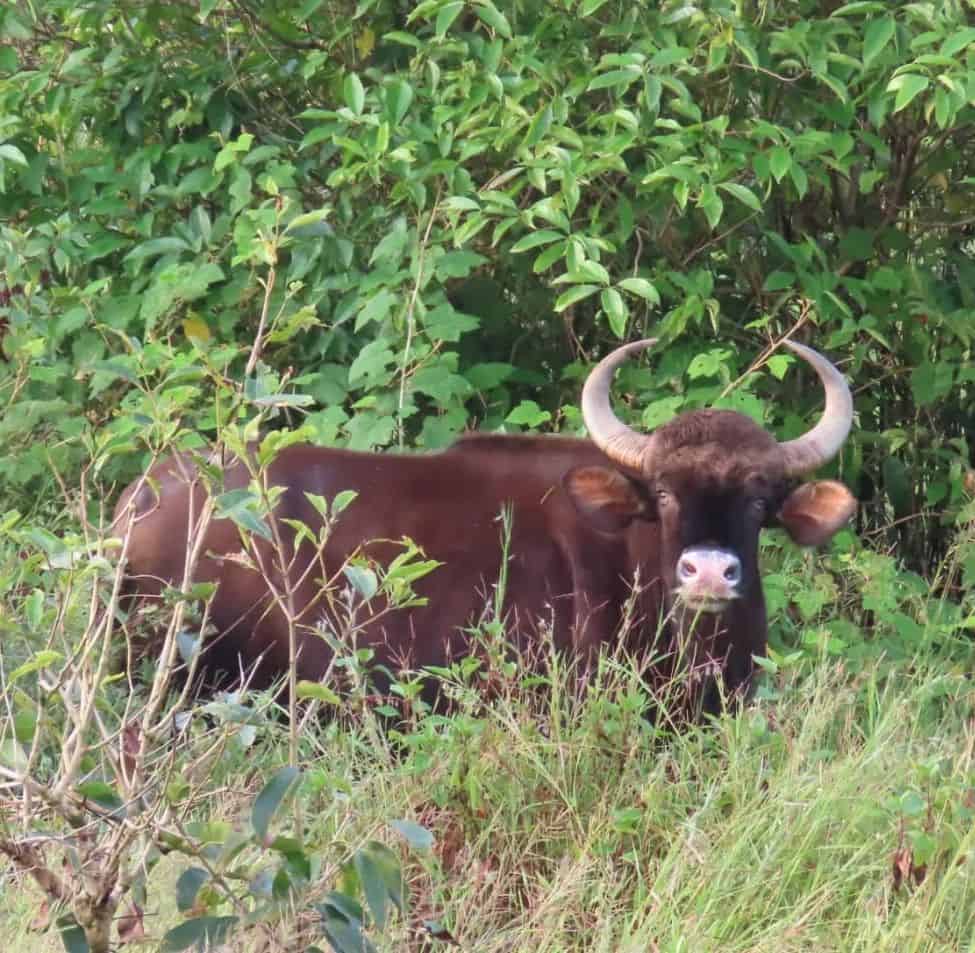
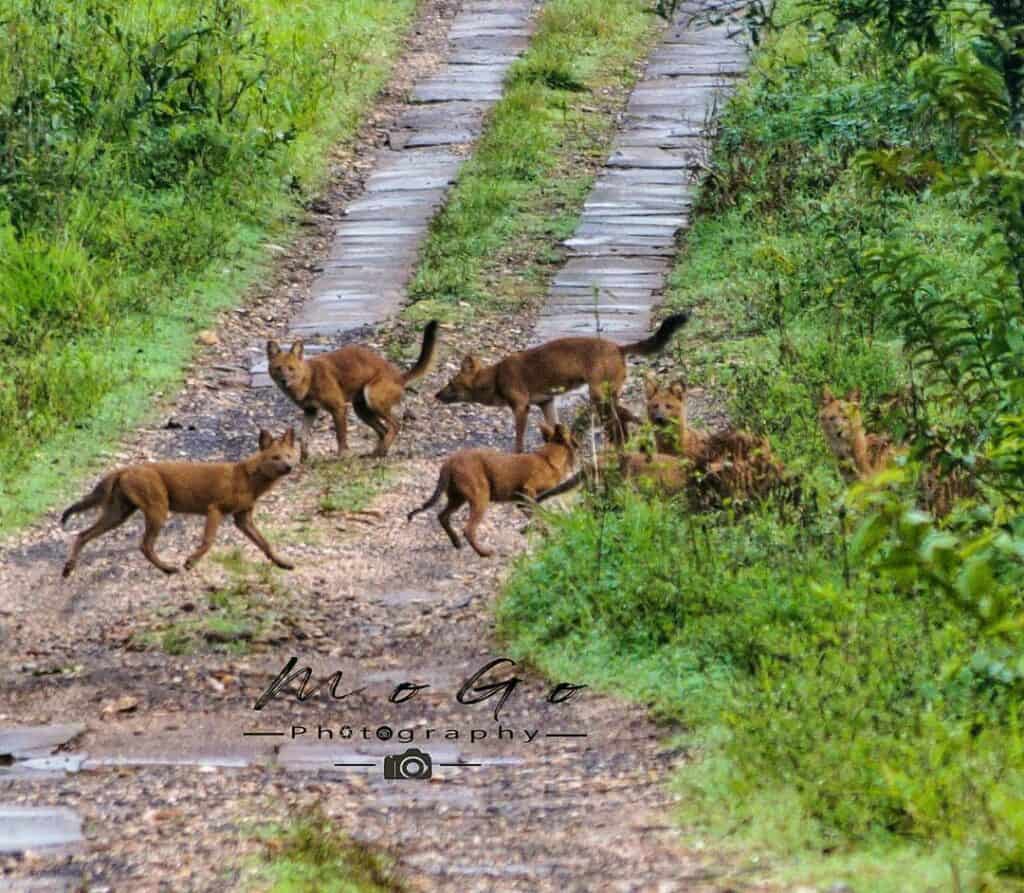
Tourist Attractions
Kudremukh National Park is a beautiful natural destination that offers a wide range of tourist attractions. Whether you are an adventure seeker or a nature lover, this park has something for everyone. Here are some of the top tourist attractions that you should not miss when visiting Kudremukh National Park:
Scenic Viewpoints
Kudremukh National Park is home to several scenic viewpoints that offer breathtaking views of the surrounding landscape. One of the most popular viewpoints is the Kudremukh Peak, which stands at an altitude of 1894 meters above sea level. The trek to the peak is a must-do activity for adventure enthusiasts, and the panoramic views from the top are truly worth the effort. Another popular viewpoint is the Hanuman Gundi Falls, which offers stunning views of the waterfall and the lush greenery around it.
Waterfalls and Rivers
Kudremukh National Park has numerous waterfalls and rivers that add to its natural beauty. Some of the most popular waterfalls in the park include the Kadambi Falls, Hebbe Falls, and Kudremukh Falls. These lush forests encircle these waterfalls, which are ideal for a cool dip on a hot day. The park is also home to several rivers, including the Tunga River and the Bhadra River, which offer opportunities for activities like fishing and boating.
Adventure Activities
Kudremukh National Park offers several adventure activities that cater to the needs of every adventurer. Here are some of the top activities you can indulge in during your visit to the park.
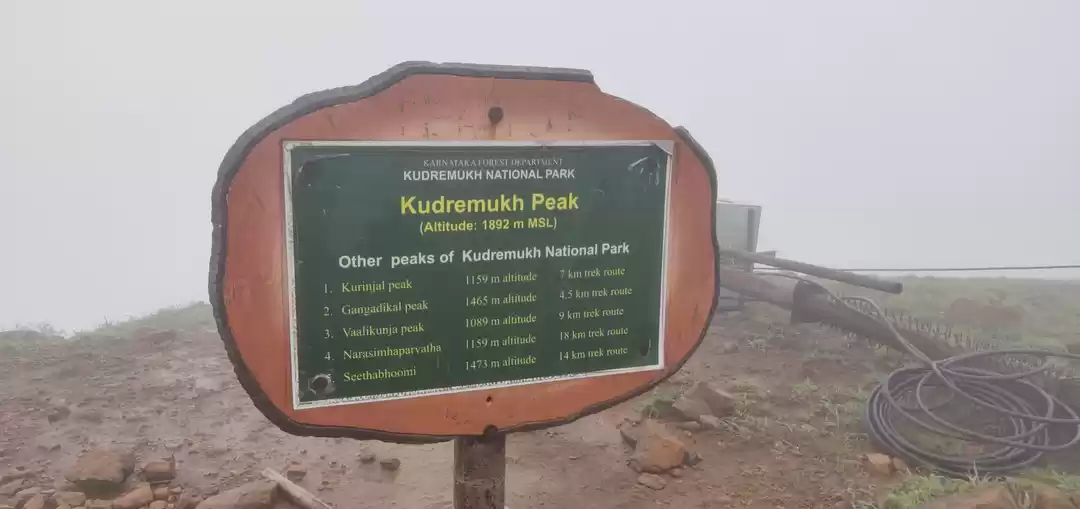
Trekking Trails
Kudremukh National Park is also popularly known as a “trekker’s paradise” with trails that cater to different difficulty levels. The park offers a range of trekking trails, from easy walks to challenging treks that can take up to three days to complete.
One of the most popular treks is the Kudremukh Trek, which takes you through the heart of the park. The 21-kilometre trail offers breathtaking views of the lush forests, serene streams, and expansive grasslands that make up the park’s landscape. The trek is of moderate difficulty and can be completed in two days.
Another popular trek is the Narasimha Parvatha Trek, which takes you to the summit of Narasimha Parvatha. The trek is challenging and requires a high level of fitness, but the views from the summit are worth the effort.
Note: To prevent further damage to the environmentally delicate Western Ghats, which are a hotspot for biodiversity, green activists in Dakshina Kannada have petitioned the Forest Department to forbid trekkers and tourists from reaching the unexplored summits of these peaks within Kudremukh National Park.
Peaks of Kudremukh National Park for Trekking
| Peak Name | Altitude | Trek Route Distance | |
| 1. | Kudremukh Peak | 1892 m | 18 Km |
| 2. | Kurinjal Peak | 1159 m | 7 km |
| 3. | Gangadikal Peak | 1465 m | 4.5 km |
| 4. | Vaalikunja Peak | 1089 m | 9 km |
| 5. | Narasimhaparvatha | 1159 m | 18 km |
| 6. | Seethabhoomi | 1473 m | 14 km |
Wildlife Safaris
If you’re not up for trekking, you can still explore the park’s wildlife by taking a safari. The park offers jeep safaris that take you through the park’s dense forests, where you can spot the abundance of wildlife. The safaris are led by experienced guides who are knowledgeable about the park’s geography and its natural inhabitants.
Whether you’re a seasoned trekker or a wildlife enthusiast, the park has something for everyone. So, pack your bags and head to Kudremukh National Park for an adventure of a lifetime!
To book a safari at Kudremukh, click here.
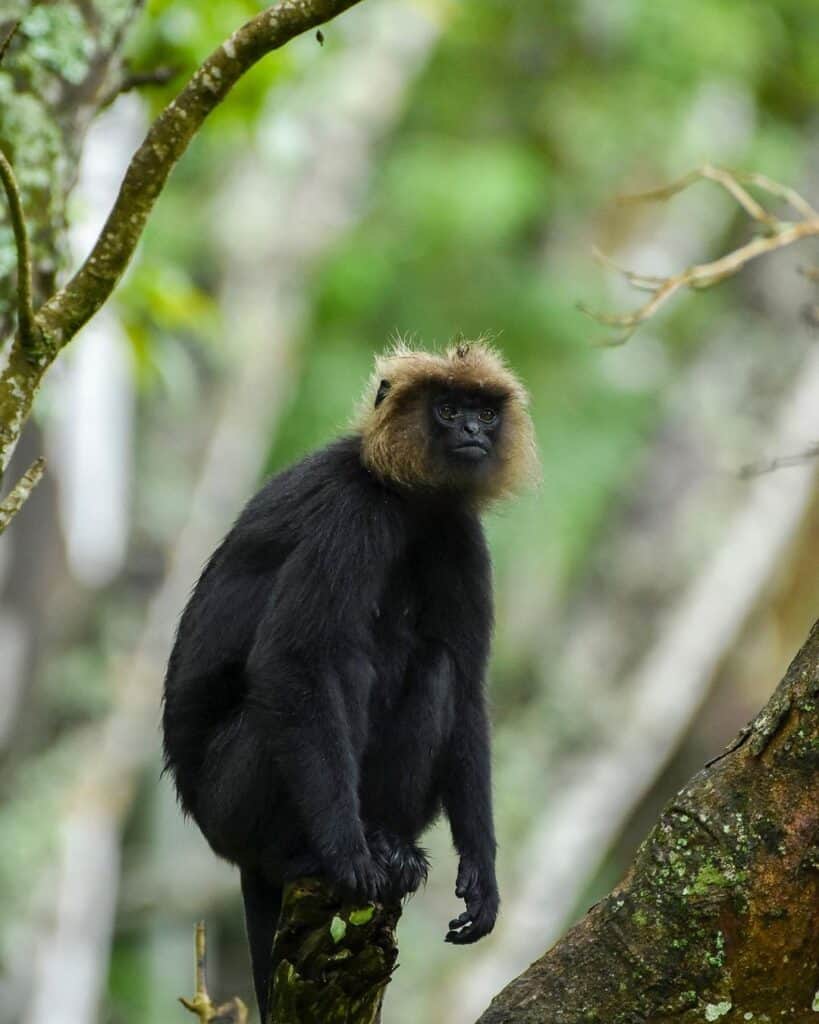
Bird Watching
A heaven for bird watchers, Kudremukh National Park has over 200 bird species which increases during the migratory season due to a lot of migratory birds calling it home.
Accommodation Options
If you’re planning to visit Kudremukh National Park, you’ll need a place to stay. Fortunately, there are several accommodation options available in and around the park. In this section, we’ll take a look at some of the best options for you to consider.
Hotels and Resorts
If you’re looking for a comfortable and luxurious stay, there are several hotels and resorts near Kudremukh National Park that offer great amenities and services. Some of the top options include:
- Hotel Mudra Midtown Suites & Rooms: A modern property offering a comfortable stay. Their lush green garden is the perfect place to take a calming stroll.
- Silent Valley Resorts: Located amidst lush greenery, they offer great amenities and services to make your stay comfortable and memorable.
- Coffee Grove Resort: A beautiful resort in the heart of coffee plantations offering great views of the surrounding hills and valleys.
Homestays and Guesthouses
If you’re looking for a more authentic and local experience, there are several homestays and guesthouses near Kudremukh National Park that offer a unique and comfortable stay. Some of the top options include:
- Nature Valley Homestay Near Annapoorneshwari Temple: A beautiful homestay located near the Annapoorneshwari Temple. They offer comfortable rooms and great services to make your stay memorable.
- Upasana Retreat: A picturesque homestay located amidst lush greenery. They offer comfortable rooms and great services to make your stay comfortable and memorable.
Whether you’re looking for a luxurious stay or a more authentic experience, you’re sure to find something that suits your needs and budget.
Conservation Efforts
Protected Areas
The Kudremukh National Park is a prime example of conservation efforts in India. The park was declared a national park in 1987 and is home to many endangered species. The park is surrounded by the Kudremukh Reserved Forest, which covers an area of 1,041.33 sq km. The reserved forest acts as a buffer zone for the national park.
Eco-Tourism Initiatives
Kudremukh National Park has implemented several eco-tourism initiatives to promote conservation efforts. The park offers guided treks and nature walks, that allow visitors to explore the park’s diverse flora and fauna while minimizing their environmental impact.
The park has also established several eco-friendly accommodations, such as tents and cottages, that are designed to blend in with the natural surroundings. These accommodations are equipped with modern amenities, such as solar-powered lighting and hot water.
Travel Tips
Best Time to Visit
The best time to visit Kudremukh National Park is from October to May. During this time, the weather is pleasant, and the park is open for visitors. However,It is advised to avoid going to the park from June to September, when there is a lot of rainfall, as this might make the trekking trails slippery and dangerous.
Quick Tips
Respecting local traditions and etiquette is crucial when visiting Kudremukh National Park. Here are a few tips to keep in mind:
- Dress modestly: When visiting the park, it is important to dress modestly, especially if you are visiting any temples or other religious sites in the area. Avoid wearing shorts or revealing clothing.
- Remove your shoes when entering a temple or someone’s home, it is customary to remove your shoes. Make sure to wear socks or bring a pair of slippers.
- Ask before taking photos: Before taking photos of people or religious sites, it is important to ask for permission first. This shows respect for the local culture and customs.
- Don’t litter: Don’t forget to properly dispose of your rubbish and refrain from leaving litter in the park. This keeps the park clean and preserves the natural beauty of the area.
- If you are going on the Kudremukh Trek, the Reserve Forest Office at Kudremukh town is a good place to obtain information about the trek right to the top of the peak. The office also provides information about accommodation facilities. Also, camping is not allowed in the national park premises.
- Be mindful of blood-sucking leeches during the monsoon season that are found in abundance there.
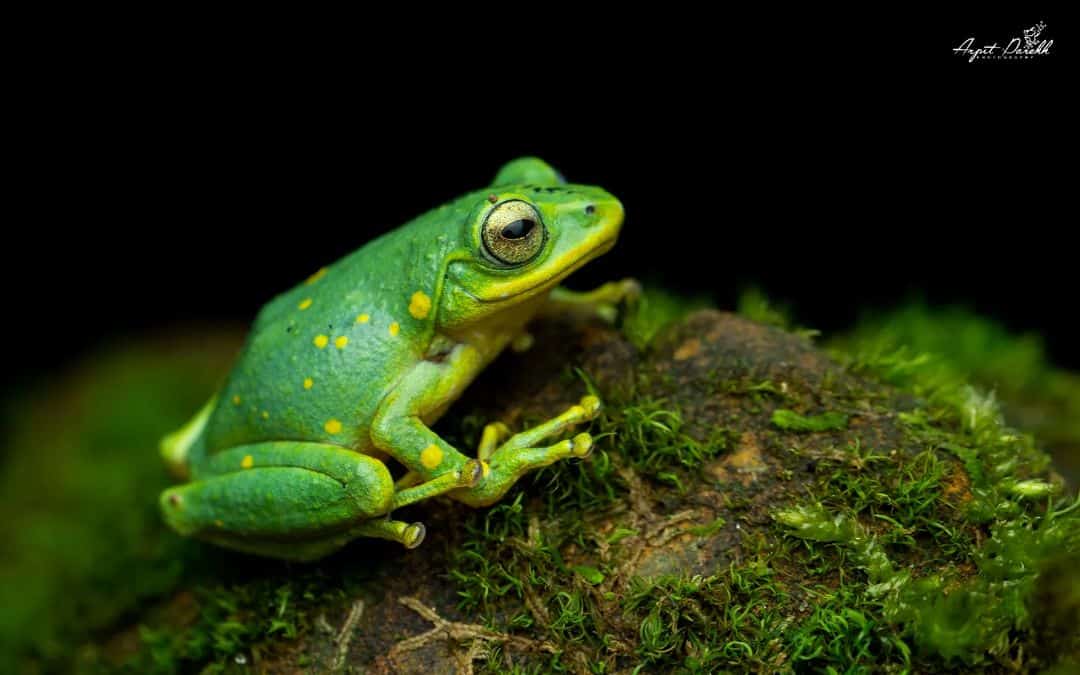
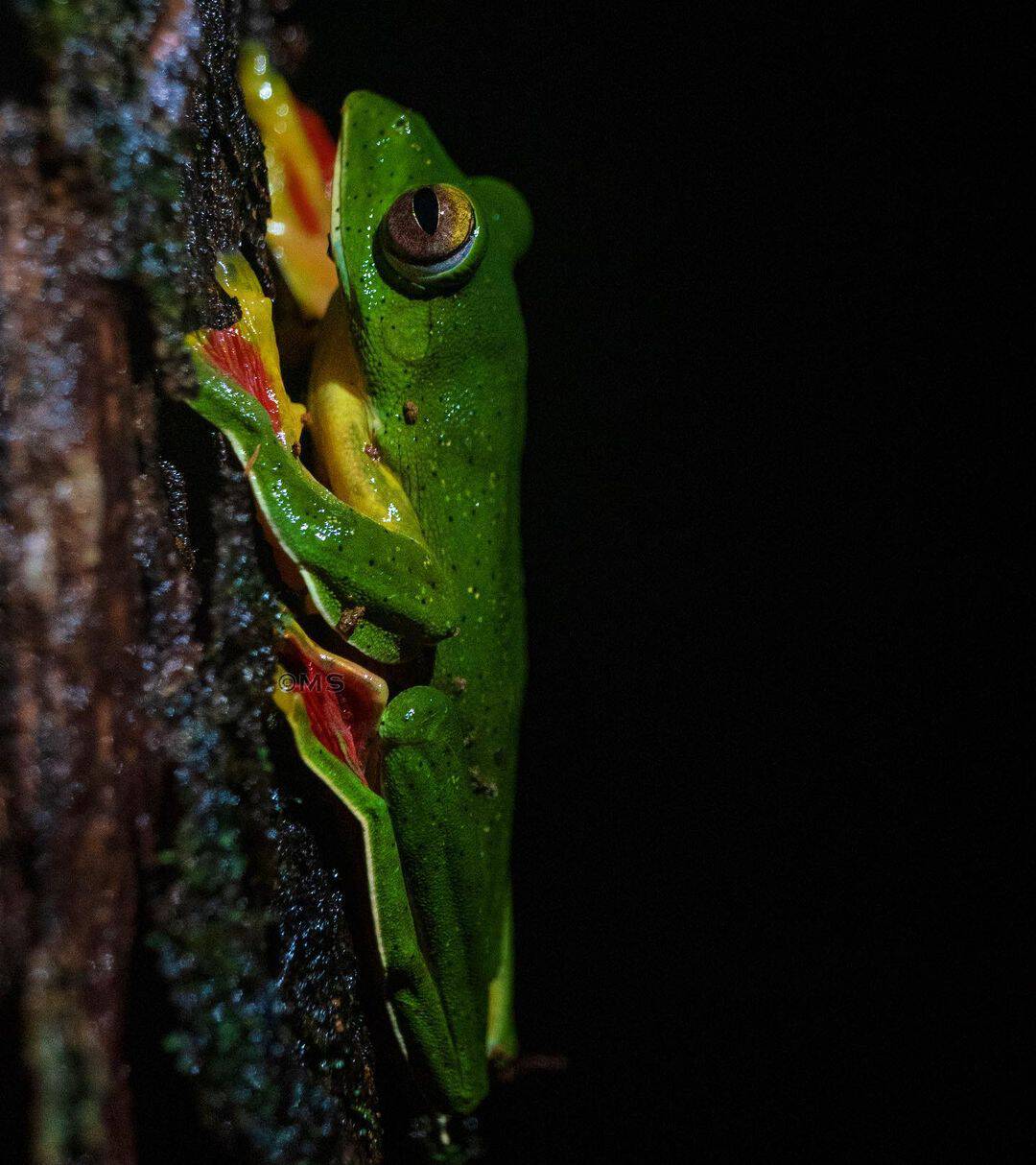
Getting There
Kudremukh National Park is only accessible by roads as the airports and railways are far away from the park. Here are some options for accessing the park.
Access by Road
The Kudremukh National Park is located in the Chikkamagaluru district of Karnataka state. The park is well-connected by road and can be reached easily by bus or car. Several state-run and private buses operate from Bangalore, Mangalore, and other major cities to Kudremukh. You can also drive to the park from these cities. The roads leading to the park are well-maintained and offer a scenic drive through the Western Ghats.
Nearest Airports and Railways
The nearest airport to Kudremukh National Park is the Mangalore International Airport, which is located about 95 km away. From the airport, you can hire a taxi or take a bus to reach the park. The nearest railway station is also Mangalore Railway Station, which is about 100 km away from the park. From there, you can take a bus or hire a taxi to reach the park.
It’s important to note that the park is located in a remote area, so it’s best to plan your travel. Make sure to check the weather conditions and road conditions before embarking on your journey. Also, carry enough food and water with you, as there are limited food options available near the park.
Frequently Asked Questions
Why is Kudremukh National Park famous?
More than 200 species of birds, including the imperial pigeon, Malabar whistling thrush, and Malabar trogon, can be found in the park. Kudremukh Peak, at 1892 meters, is the second-highest peak in Karnataka (after Mullayyanagiri). Due to its tropical ecological diversity, Kuduremukh has been designated as one of the world’s 38 biological hotspots by UNESCO.
How can visitors explore the wildlife and terrain within the park?
Kudremukh National Park offers visitors a variety of options to explore its wildlife and terrain. Trekking is a popular activity, with several trails of varying difficulty levels available. Visitors can also go on jeep safaris or hire a guide to explore the park on foot. However, visitors should be aware that some parts of the park are restricted and require special permission to access.
What is the best time to visit the park?
The park is open throughout the year, from 6:00 AM to 6:00 PM. The best time to visit the park is from October to May, when the weather is pleasant and the chances of spotting wildlife are higher. If you are into herping or love clicking pictures of reptiles like different species of frogs and snakes, the rainy season during June and July will be ideal.
Which species of animals can be commonly sighted in the park?
Kudremukh National Park is home to a variety of wildlife, including the leopard, Malabar giant squirrel, sloth bear, gaur, sambar, jackal, mongoose, tiger, wild dog, common langur, porcupine, spotted deer, barking deer and giant flying squirrel. However, visitors should keep in mind that wildlife sightings are not guaranteed.
What is the entry fee for Kudremukh National Park?
Visitors are required to pay an entry fee to access the park. The entry fee for Indians is INR 200 and for a foreign tourist is INR 1,000. Additionally, visitors may require special permits to access certain parts of the park.
What are the accommodation options available near the park?
There are several accommodation options available near Kudremukh National Park, including guesthouses, resorts, and homestays. Visitors can choose from a range of options depending on their budget and preferences.
How to reach Kudremukh National Park?
Kudremukh National Park is located approximately 95 km from Mangalore Airport and 330 km from Bangalore via road. Visitors can reach the park by hiring a taxi or taking a bus from these cities. The nearest railway station is also Mangalore Railway Station, which is approximately 100 km from the park.

